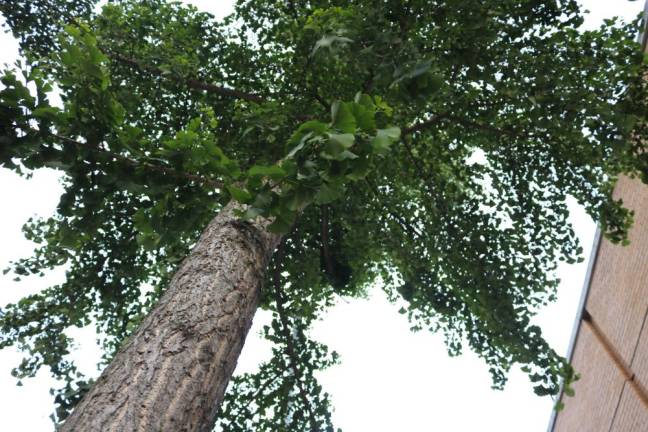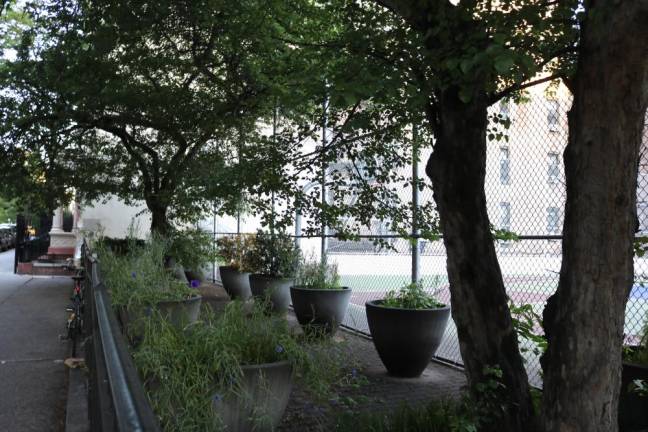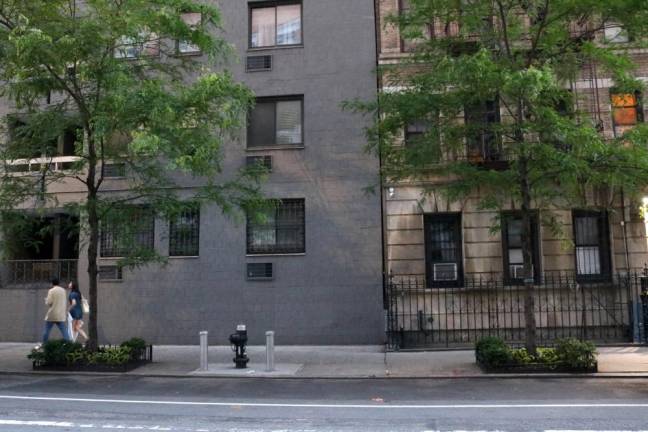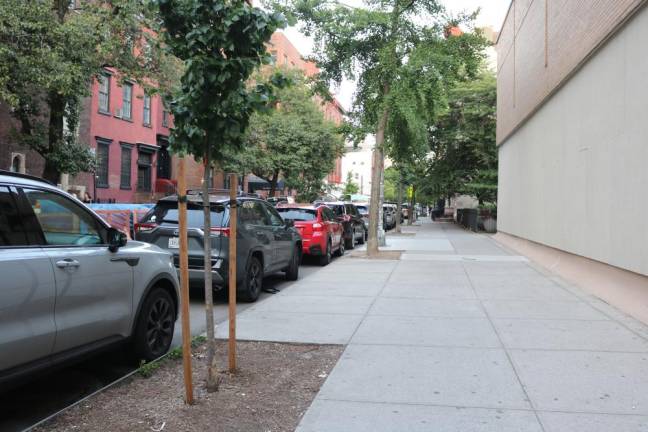A Greener Future for District 3
Thanks to Participatory Budgeting votes, residents can expect more street trees all around the neighborhood
Councilman Erik Bottcher’s office recently tallied District 3’s votes for this year’s Participatory Budgeting program. After months of gathering over 60 ideas from residents and whittling them down to a ballot of 10 options, voters decided to allocate funds to technology upgrades in libraries and schools, and to repair the broken air conditioning system in P.S. 111. But coming in with the most votes is an initiative to plant additional street trees all around the West Side with a $150,000 budget.
The street tree installation project will benefit the entirety of the district: There is no singular focus on populating any one neighborhood with more greenery than the next, explains Jordan Feiner, who heads the district’s Participatory Budgeting process.
“If you cast a vote up in Hell’s Kitchen to Participatory Budgeting for tree planting, that tree could come up in Hell’s Kitchen, but it’s also a vote for more trees and the West Village,” Feiner says. “Certainly, we want trees to come in all across the district.”
The allocated funds will now be directed to the Parks department, which will turn the plans into action. The district-wide installation also entails street tree care — informational tags will accompany the new plots, with QR codes that lead to Parks’ New York City Street Tree Map website. The online database presents facts about each charted tree, from its species to its trunk size to its yearly carbon dioxide reduction.
A representative for Parks says city foresters will begin surveying the area in the coming months and “will work to schedule the planting in the first available contract.”
According to Chelsea resident Eric Marcus, a sharp focus on street trees is critical and overdue. Marcus helps run the 300 West 20th Street Block Association, a small group which covers his hyperlocal area of District 3. He says the community has been rallying and raising thousands of dollars for tree care for more than two decades. The current system for canopy maintenance, he says, needs to be reevaluated.
“If the city is going to plant trees, the city has to take care of the trees, and the city has to budget for it,” says Marcus, who sends a weekly newsletter updating his neighbors on the state of West 20th’s 300 block and its surrounding streets. “We have trees in the neighborhood that are dangerously overgrown, or have limbs that are dead, hanging over the street.”
Residents Are Noticing More
Because residents are home more often these days, explains Marcus, they’re noticing more about the appearance and wellbeing of their neighborhoods. His block association has undertaken and funded their own demonstration projects to expand tree pits to regulatory sizes, adding fences and maintaining care themselves. Marcus reports that the city hasn’t done much to help with their efforts, and points to the example of a neighborhood-planted pit that is now buried under scaffolding outside of P.S. 11.
Feiner notes that the Participatory Budgeting missive allows for citizens to request Parks install trees in specific areas where one may be missing or previously removed. However Marcus says his association has faced difficulty trying to get Parks to come and fix the troubled plots.
Parks takes requests for street trees on a first-come, first-served basis, and must inspect a site’s feasibility for planting before they begin a process. Depending on contract availability, it can take up to three years for a request to be fulfilled.
Marcus does applaud people who adopt and care for certain plots, adding necessary maintenance to extend a tree’s life. Organizations like Trees New York extend this aid across the city with widespread stewardship, advocacy, and education on canopy care.
Though Trees NY isn’t directly involved with the Participatory Budgeting initiatives, trained volunteers obtain permission from Parks to provide basic cultivation care, like mulching and watering street trees. They can then record these efforts on the NYC Tree Map.
“Physical Health Component”
Sam Bishop, Education Director and Arborist for Trees NY, emphasizes the numerous benefits to addition street trees, even going beyond neighborhood beautification and environmental interests.
“There’s a big psychological and physical health component to trees as well that research is now finally getting getting into,” Bishop says. “There’s studies that have found things like reductions in anxiety. It improves people’s focus and concentration, reduces depression. Just makes them feel better.”
Parks does its planting during two seasons: March to May, and October to December. Since the Participatory Budgeting results came out at the tail end of the spring season, Feiner expects to see new street trees come up during the fall cycle.
In the meantime, District 3’s City Council remains eager to make good on their canopy care promises. Feiner recalls how even before Bottcher was sworn into office, he expressed a dedication to greenifying neighborhoods with a goal to plant 1,000 new trees.
Based on the votes, this is clearly a priority for district residents as well. “It’s something the constituency really wants, and it’s something that we want to be focused on and work towards,” Feiner says. “So that’s why it’s great to have Participatory Budgeting to supplement that initiative.”



